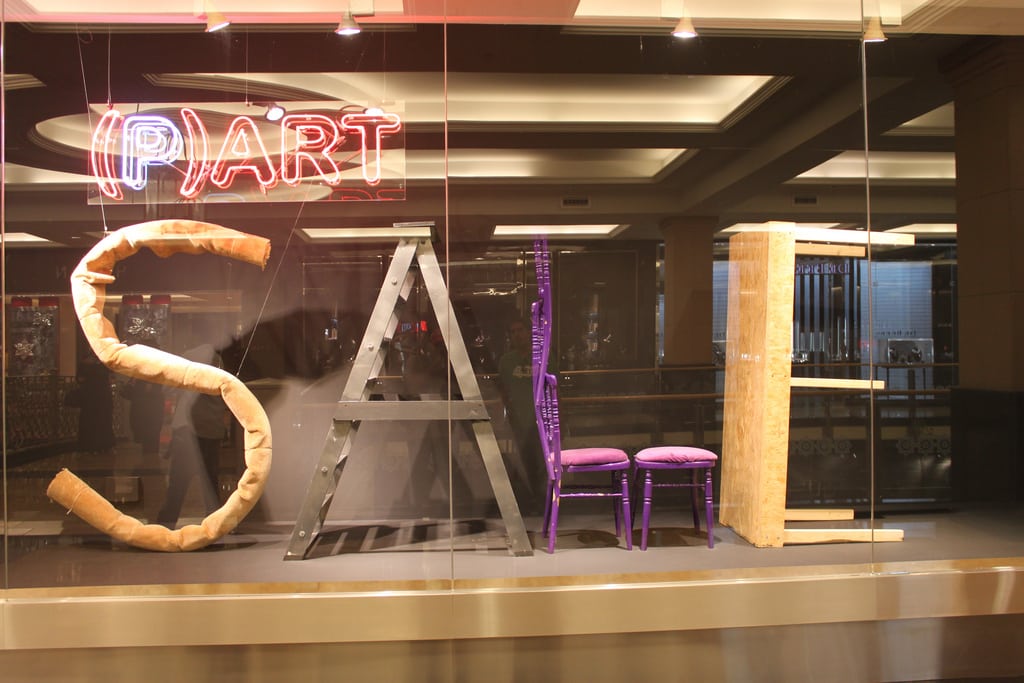Skift Take
The key to shopping tourism is making spending as easy as possible for incoming tourists by breaking down cost and cultural barriers and creating an entire experience centered around stores.
Shopping is a major theme throughout global tourism, reports the World Travel Market Global Trend Report. The integration of malls and hotels in the Middle East, Mandarin-speaking sales associates at Harrods in London, and shopping fairs in Gulf countries are all evidence that shopping is big business for countries looking to increase inbound tourism.
Shopping and retail tourism has emerged as a strong sector in the Middle East where tourism is expected to grow until the end of the year and into 2013. There are ten major malls under construction in the Middle East to be completed by 2014 and hotel companies are positioning themselves to benefit from the trend by building hotels inside of malls. Kempinski Hotel at Emirates Mall, the Address Dubai Mall, and Al Faisaliah Hotel in Saudi Arabia are all leading examples of hotel and mall integration.
Hotels have also begun to offer multi-mall shopping tours run, especially in the UAE and Saudi Arabia where per capita expenditure has reached nearly $3,000.
Hotels reach nearly 90 percent occupancy during shopping festivals, such as the Dubai Shopping Festival that attracted 3.5 million visitors in 2011 or Dubai’s 24-hour shopping initiative as part of its Eid celebrations. The demand for luxury brands in the region is driven by international travelers, expatriates, and locals. Over half the population in the region is under 30, which further drives demand while Western tourism to the region is still recovering.
European tourism turns to shopaholics from the BRICs
Tourism takes a back seat during economic instability as Europe has learned all too well over the past year and with limited growth expected for 2013, European nations are looking to developing countries to supply affluent tourists.
Growing middle classes in Brazil, Russia, India, and China are travelling to Europe to shop for high-end brands as tourism boards and department stores roll out the red carpet by offering payment options for tourists’ domestic credit cards, hiring staff that speak their native languages, and customizing shopping tours.
Inbound tourism from the BRICs is expected to grow between 5 and 10 percent over the next 4 years with shopping expected to be the primary driver. Luxury hotels in major shopping cities in France, Italy, Germany, Switzerland, Spain, and the UK will also benefit from the uptick in affluent foreign tourists.
Indians travel to Gulf countries for gold
Indians are taking advantage of budget airlines’ low fares to buy gold in Gulf countries. Dubai, Kuwait, and Oman are the most popular destinations to seek out gold for gifts and a financial investment. Gulf countries are expected to tap into the growing trend by offering shopping festival, tours, and promotions aimed at Indian visitors. Hotels, car rentals, and tourists attractions will receive a boost from the additional tourism, which is expected to grow 7 percent over the next four years.
Skift India Report
The Skift India Report is your go-to newsletter for all news related to travel, tourism, airlines, and hospitality in India.
Have a confidential tip for Skift? Get in touch
Tags: bric, india, shopping, tourism, Travel Trends
Photo credit: A sign at the Dubai Shopping Festival, which takes place every winter. Ramsha Darbha / Flickr.com
